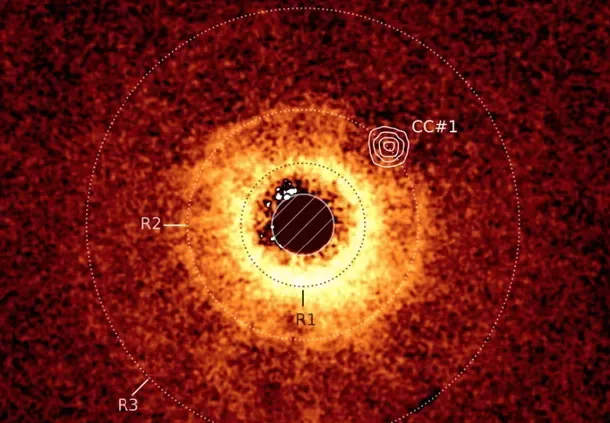NASA’s James Webb Space Telescope Captures First Direct Image of an Exoplanet

NASA's James Webb Space Telescope has achieved a groundbreaking milestone by capturing its first direct image of an exoplanet, named TWA 7 b, located approximately 110 light-years from Earth. This exoplanet is believed to have a mass similar to Saturn and orbits its star at a distance that results in an orbital period spanning several hundred years.
This discovery is particularly significant because exoplanets of such small size emit very little light, making them difficult to observe directly. Webb’s advanced imaging techniques, including a special attachment mimicking a solar eclipse to reduce star brightness, enabled scientists to detect and image the planet directly for the first time.
The planetary system is estimated to be around 6 million years old, providing a glimpse into its early development stages—much younger than our solar system's 4.6 billion years. The planet appears as a bright point of light with a narrow ring of debris surrounding it.
While there is a small chance the image could be a background galaxy, the evidence strongly indicates it is a newly discovered exoplanet. This marks a historic moment in space exploration, as no other telescope has directly imaged a planet of this size before.
Webb’s capabilities are also yielding other remarkable observations, such as images of Einstein Rings and the most distant galaxy ever observed. These discoveries deepen our understanding of the universe and the formation of planetary systems.




